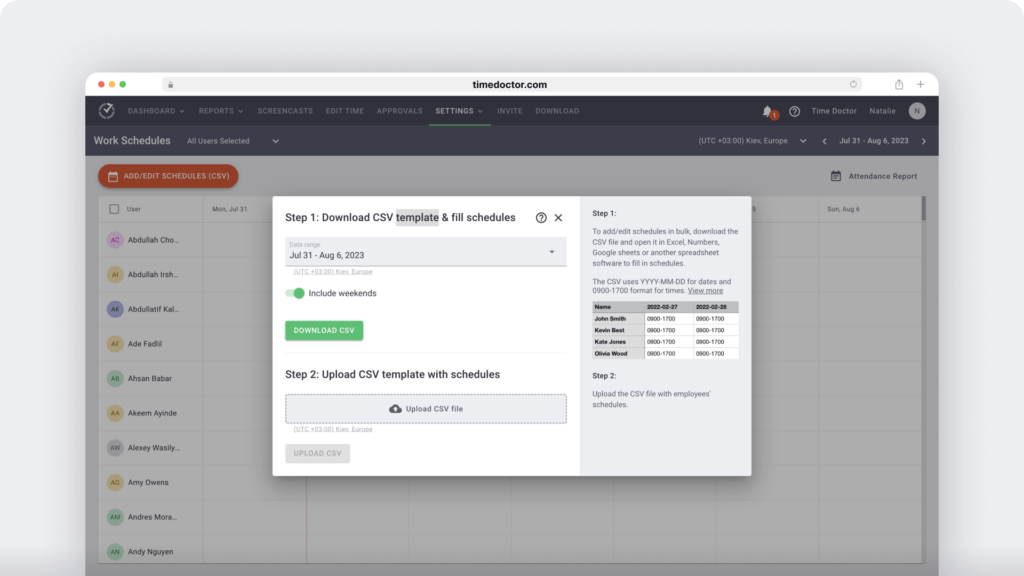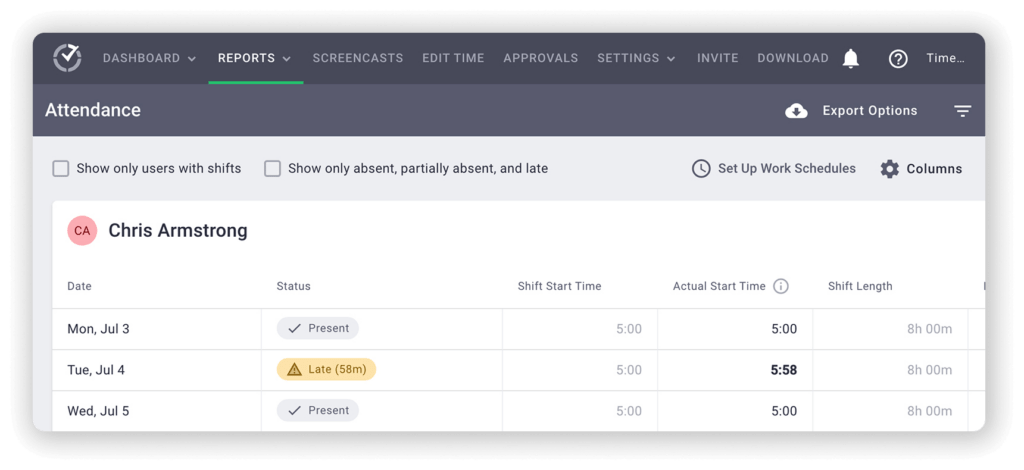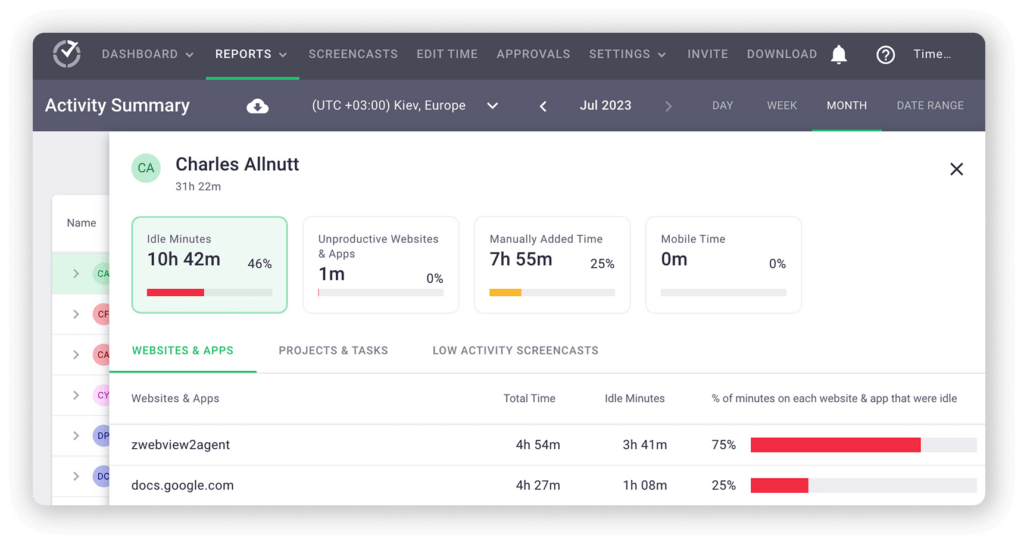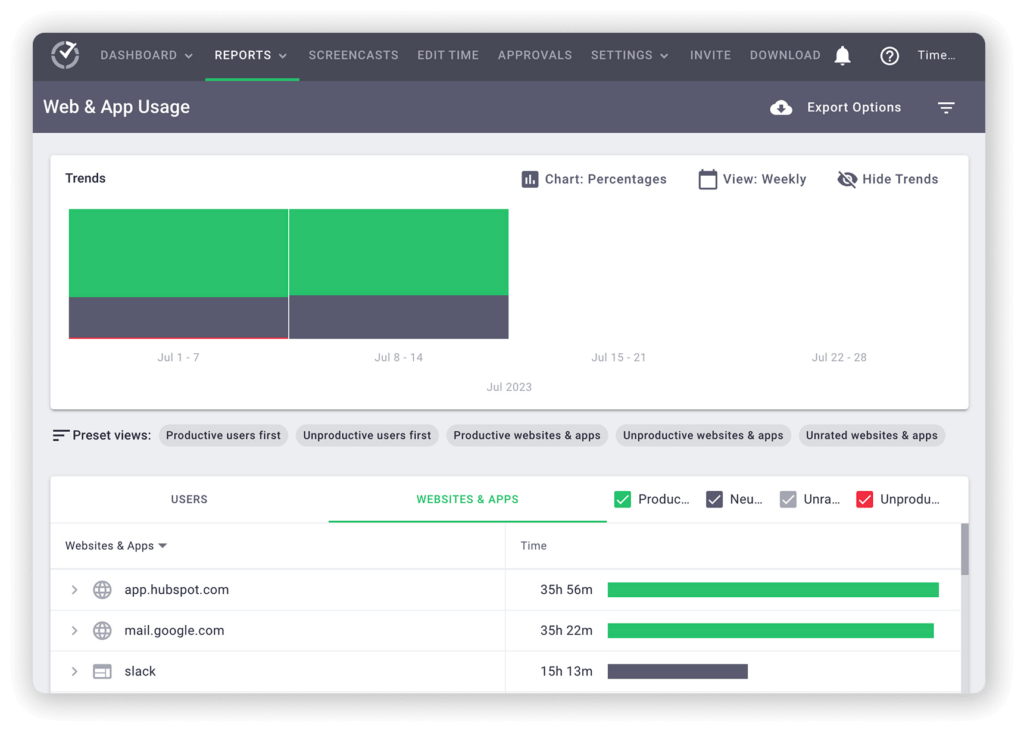As a call center manager, you’re constantly trying to strike a balance between scheduling enough agents to handle calls and keeping your staffing budget as tight as possible. To hit your call center KPIs (key performance indicators) reliably, getting this balance right is essential.
However, you’re wasting time and money if you’re not using a proven forecasting method or still scheduling with spreadsheets (or pencil and paper). Plus, you’re likely missing some key opportunities to optimize your process.
In this article, we’ll cover a few standard workforce forecasting methods and walk through how to create an accurate and cost-effective schedule for your contact center.
Why forecast accuracy is crucial for call centers
Forecast accuracy is critical for call centers because it helps your operations run smoothly, from customer satisfaction to employee engagement. When you estimate volume and staff correctly, you have the proper number of call center agents to handle the queue and stay on budget.
When predicting staffing needs, most call center forecasts consider two main elements: call volume and workforce.
Here’s a simple example. If you expect 1,000 inbound calls during a given 8-hour period and the average handle time (AHT) is 5 minutes, you need about 11 full-time agents to manage the workload.
Yet, in most cases, forecasting isn’t that straightforward. If you aren’t careful, errors can add up and get expensive.
Over-forecasting typically results in having far too many agents available compared to the actual call volume. Over the long term, over-forecasting can lead to wasted spending.
In contrast, under-forecasting generally means having too few agents to handle the call volume. In the long run, under-forecasting can lead to frustrated customers and overworked employees.
5 common call center forecasting methods
The ideal method for your call center depends on how much historical data you have, how much your contact volume fluctuates, and how much complexity you need. Some approaches focus on the short term, while others look at the long term.
- Long-term forecasting uses historical data to gauge call volume over an extended period. If your business has a lot of seasonal call volume or predictable trends, you can use past data to estimate volume for the year or month.
- Short-term forecasting is ideal for businesses that have a lot of short-term spikes. If your organization runs a lot of special offers, for example, you want to use short-term forecasting to estimate inbound needs for the next day or week.
1. Triple exponential smoothing
Also known as the Holt-Winters algorithm, the triple exponential smoothing method looks at three metrics:
- Levels (the previous month’s call volume)
- Trends (the anticipated increase or decrease compared to the previous month)
- Seasonality (the difference between the overall volume vs. that of a specific month)
This approach weighs volume more heavily for recent months and averages these elements to create accurate forecasts. As a result, it’s best for contact centers that need to consider more recent trends while planning for the long term.
2. Autoregressive integrated moving average (ARIMA)
One of the most complex methods, ARIMA uses historical trends to make more accurate predictions. This model looks at three main elements:
- Auto-regression (which includes reviewing historical data from a year ago)
- Integrated (which looks at the difference between recent and past data)
- Moving average (which averages out data over the selected time period)
3. Multiple temporal aggregation (MTA)
MTA is one of the most balanced methods. It looks at weekly, daily, and hourly data and translates it into long-term trends. Optimal for long-term forecasting, this method can quantify trends from one year to the next, helping you clarify increases or decreases in call volume.
4. Erlang C
Many of the most common call center forecasting methods predict volume. The Erlang C method considers volume, average handle time, and number of agents. This way, you ensure you have the correct number of agents available.
This method can also factor in the service level you want to provide. Erlang C is a smart choice if you need to estimate headcount given your service level goals and anticipated call volume.
5. Neural networks
Neural networks use artificial intelligence (AI) and machine learning (ML) to predict outputs based on user inputs. For example, they can forecast call volume for specific days based on patterns in historical data.
As powerful as neural networks can be, they require substantial data, and implementing them can be time-consuming. They typically need time to learn and improve, so their accuracy can increase.
They’re highly dependent on past patterns, so they can only sometimes forecast future trends. As a result, they don’t work well for contact centers with daily or less predictable spikes.
How to create a balanced workforce schedule
Once you’ve decided on a forecasting method, you can translate the predicted call volume into workforce needs. Then you can create sustainable agent schedules.
Calculate workforce needs
To turn anticipated call volume into agent hours, use your call center’s AHT, which reflects the average length of a customer interaction. Multiply the call volume by the AHT to get the total number of hours for which you need to plan.
Next, consider the total number of call center agents in your system. Add up your full-time equivalents (FTEs), representing agents who work 40 hours per week. If you have part-time agents, weigh their time (e.g., 50%) as necessary.
Then do the math to determine how many agents you need daily for the upcoming week or month.
Create agent schedules
Once you know how many agents you need, you can create schedules to accommodate your anticipated call volume:
- If your forecast indicates a relatively steady call volume for the time period, you could use a consistent daily or weekly schedule.
- If the forecast indicates a lot of peaks and valleys, you can assign more agents during busy periods and fewer during off periods.
As you assign shifts, keep your agents’ competencies, proficiencies, and schedule preferences in mind. For example, you might anticipate a higher call volume for technical support or inbound sales after running a special. Be sure you have the proper agents available at the right time.
Allow sufficient time off
Consider your call center’s paid time off (PTO) and sick leave policies as you create schedules. How many agents are typically absent on a given day? Does that number change with the season or time of year?
Use your historical data to confirm schedule adherence. After factoring in time off, you may realize you need additional FTEs to make up for these anticipated absences.
Anticipate agent turnover
In addition to absences, you need to factor in agent turnover. Because contact centers are high-stress environments, the average agent turnover rate is close to 40%.
Use your call center’s average rates to predict turnover for your scheduling period. Then increase the workforce to ensure you have the coverage you need.
How forecasting and scheduling software can increase accuracy
You could forecast call volume and workforce needs and plan agent schedules using a spreadsheet or even a pencil and paper. However, these tools won’t allow you to use more complex forecasting methods or make real-time updates when necessary.
To optimize your call center workforce management (WFM), dedicated software like Time Doctor can help. With the right WFM software, you can plan schedules in bulk, monitor agent time automatically, and review productivity metrics.
Manage contact center schedules
Want to set up consistent weekly schedules for your call center agents? Time Doctor supports bulk uploads so you can quickly input your entire team’s schedule. The software also allows one-off shifts so you can plan for busy periods.

Once you’ve assigned a shift, Time Doctor automatically notes whether the agent reported for work and if they clocked in on time. Using the platform’s attendance report, you can easily spot patterns of tardiness or absences.

Monitor agent time and activity
Whether you have agents track time manually or automatically, Time Doctor monitors when agents are working and what tasks they’re completing. You can get a real-time view of agent activity or review agent timelines to see how they allocate time.

Since Time Doctor integrates with many help desk, CRM, and communication platforms, you can see which apps and websites your agents use throughout the workday. Add custom labels to denote websites and apps as productive or unproductive to evaluate how wisely agents spend their time.

Get automated insights
The more you use your WFM tools, the more insights you gain. In addition to attendance and timeline data, Time Doctor automatically generates productivity and work-life balance reports.

Using the work-life balance report, you can identify potentially overworked agents and address their scheduling needs. You can take steps to improve employee engagement and reduce turnover with this proactive approach to managing your workforce.
Next steps for call center scheduling
Call center forecasting is just the beginning. With the right call center software, you can improve scheduling while increasing productivity and optimizing your staffing budget.
Curious how Time Doctor might benefit your outsourced call center? Book a demo to see how our workforce management software offers peace of mind and actionable analytics for distributed teams.

Andy is a technology & marketing leader who has delivered award-winning and world-first experiences.


